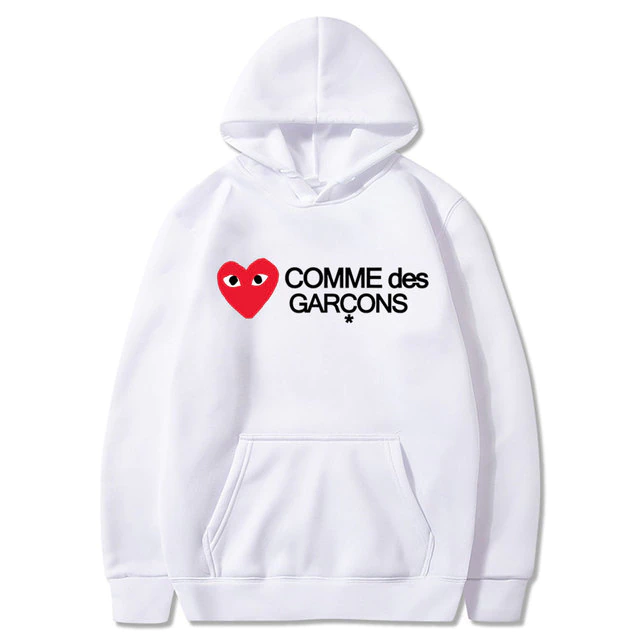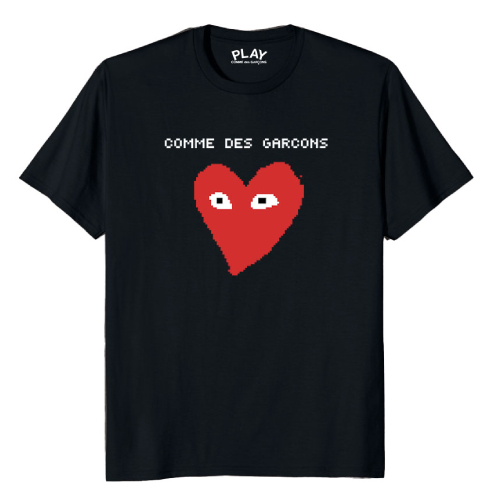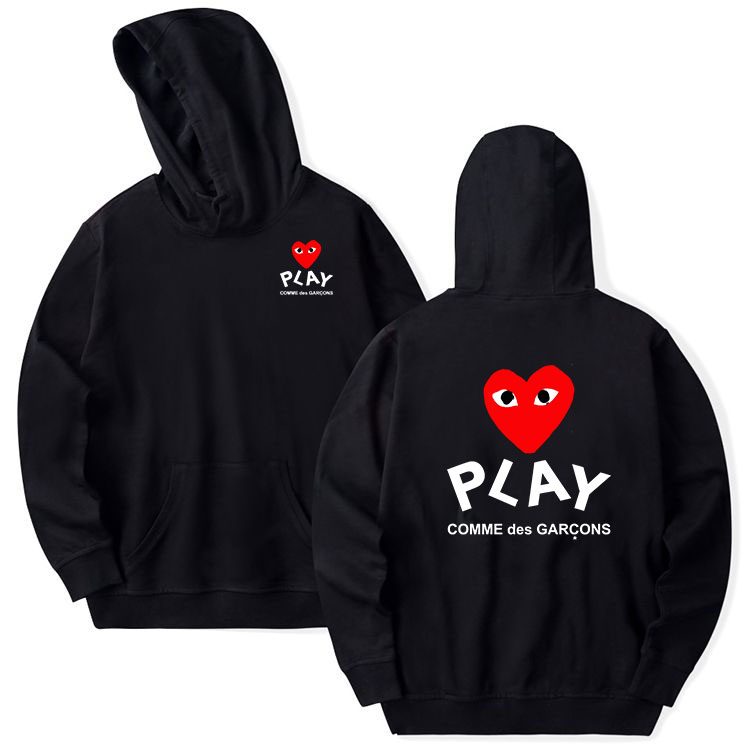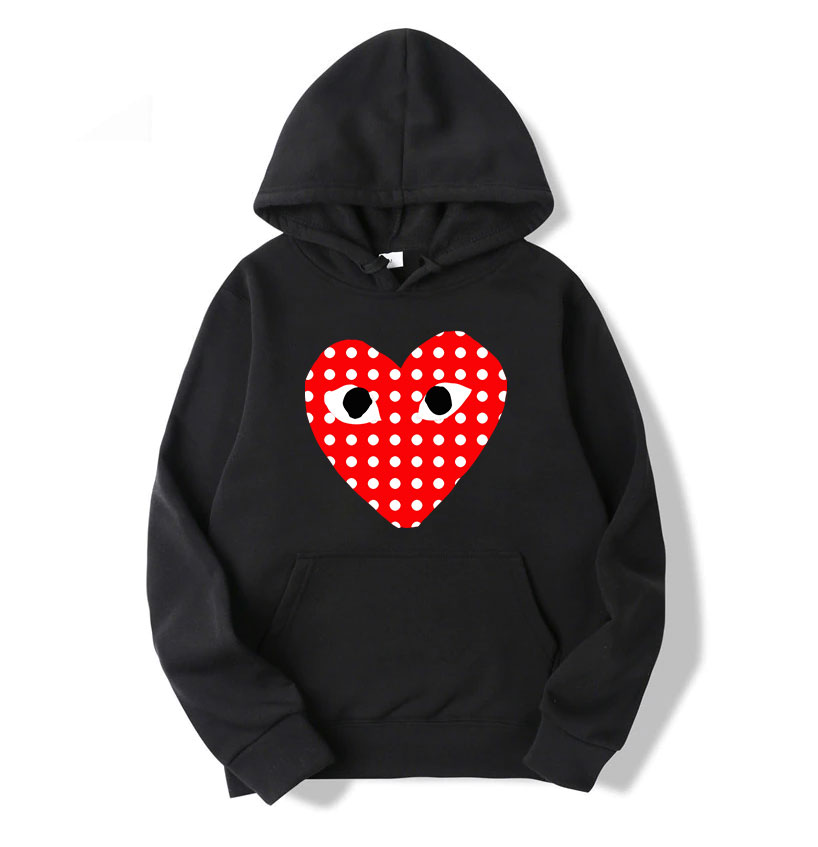Comme des Garçons, a name synonymous with avant-garde fashion, has consistently pushed the boundaries of design and creativity since its inception. Founded by Rei Kawakubo in Tokyo in 1969, the brand has grown into a global phenomenon, revered for its innovative approach to fashion and its profound influence on contemporary style. This article explores the history, unique design philosophy, cultural impact, and enduring legacy of Comme des Garçons.
The Origins of Comme des Garçons
The name Comme des Garcons translates to “like boys” in French, a reflection of Kawakubo’s initial intent to create androgynous clothing that defied traditional gender norms. The brand was officially established in 1969, and by 1973, it had gained a significant following in Japan. Kawakubo’s unconventional designs, characterized by their deconstructed and asymmetrical forms, quickly set her apart from her contemporaries.
Early Years and Breakthrough
The early collections of Comme des Garçons were predominantly black, gray, and white, with an emphasis on oversized and layered silhouettes. These designs challenged the prevailing notions of beauty and femininity, earning Kawakubo both acclaim and criticism. The brand’s international breakthrough came in 1981 when Comme des Garçons debuted in Paris. The collection, marked by its austere and monochromatic aesthetic, was dubbed “Hiroshima chic” by the press, highlighting its stark contrast to the opulence of Parisian fashion at the time.
Design Philosophy and Innovation
Rei Kawakubo’s design philosophy is rooted in the concept of “anti-fashion,” where traditional fashion norms are subverted to create something entirely new. This approach has resulted in some of the most iconic and influential pieces in fashion history.
Deconstruction and Asymmetry
One of the hallmarks of Comme des Garçons is its use of deconstruction. Kawakubo often takes garments apart and reassembles them in unexpected ways, challenging conventional construction techniques. Asymmetry is another recurring theme, with pieces that feature irregular cuts and unexpected proportions. This innovative approach has inspired countless designers and has become a staple of modern fashion.
Unconventional Materials and Techniques
Comme des Garçons is known for its use of unconventional materials and techniques. Kawakubo experiments with textures, incorporating elements such as felt, vinyl, and even plastic into her designs. This willingness to push the boundaries of textile use has resulted in some truly unique and groundbreaking collections.
Conceptual Fashion
Kawakubo’s collections often carry deep conceptual messages. Each runway show is a narrative, exploring themes such as identity, imperfection, and the human experience. This conceptual approach elevates Comme des Garçons beyond mere clothing, positioning it as a form of wearable art.
Cultural Impact and Collaborations
Comme des Garcons Hoodie has had a profound impact on both fashion and popular culture. The brand’s influence extends beyond the runway, permeating various aspects of art and design.
Influence on Fashion
Comme des Garçons has inspired generations of designers with its bold and innovative approach. Many of today’s leading fashion houses and designers cite Kawakubo as a major influence. Her willingness to challenge norms and explore new territories has opened doors for more experimental and avant-garde fashion.
Collaborations and Partnerships
Comme des Garçons is also known for its high-profile collaborations. The brand has partnered with a diverse range of companies, from high-end fashion houses like Louis Vuitton and Hermès to streetwear brands like Supreme. These collaborations blend the avant-garde ethos of Comme des Garçons with different design sensibilities, resulting in unique and highly sought-after pieces.
Comme des Garçons Play
In 2002, Comme des Garçons introduced Comme des Garcon Play, a more accessible line featuring the iconic heart logo designed by Polish artist Filip Pagowski. This line has become immensely popular, offering a more casual and playful take on the brand’s avant-garde roots.
The Legacy of Rei Kawakubo
Rei Kawakubo’s influence extends far beyond Comme des Garçons. In 2017, she was honored with a solo exhibition at the Metropolitan Museum of Art’s Costume Institute, titled “Rei Kawakubo/Comme des Garçons: Art of the In-Between.” This retrospective highlighted her significant contributions to fashion and underscored her status as a visionary designer.
Continued Innovation
Even after more than five decades, Kawakubo continues to innovate and push boundaries. Her recent collections explore new themes and techniques, ensuring that Comme des Garçons remains at the forefront of avant-garde fashion. This relentless pursuit of innovation has cemented her legacy as one of the most influential designers of our time.




